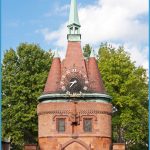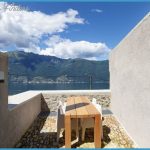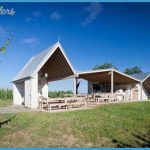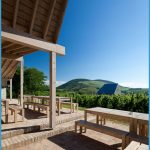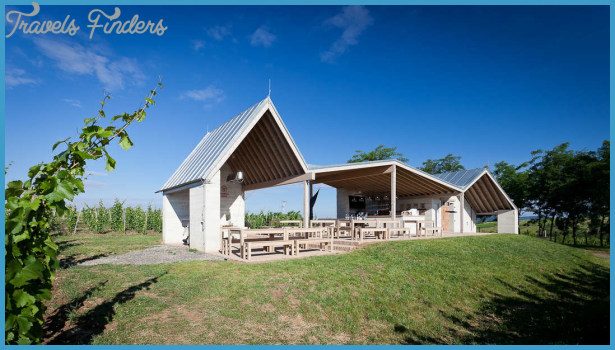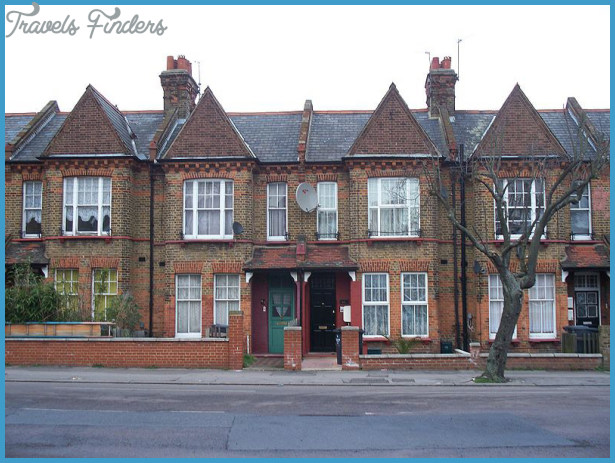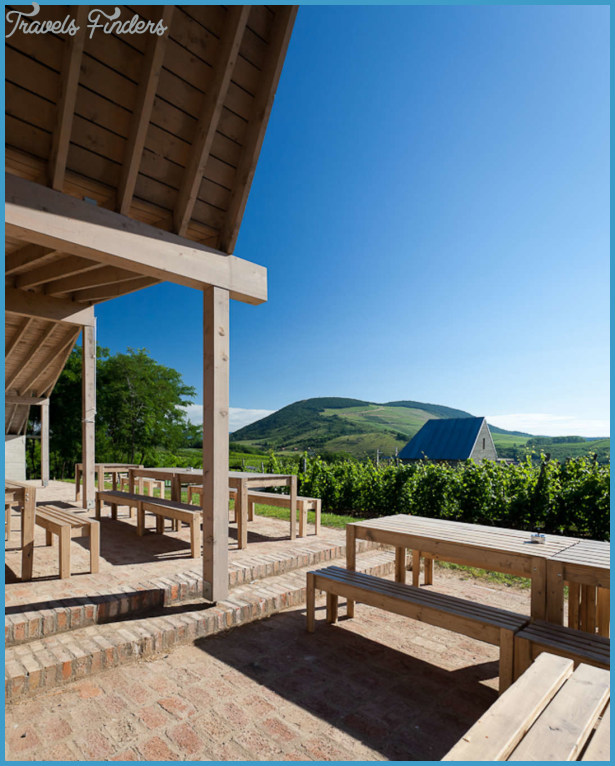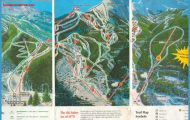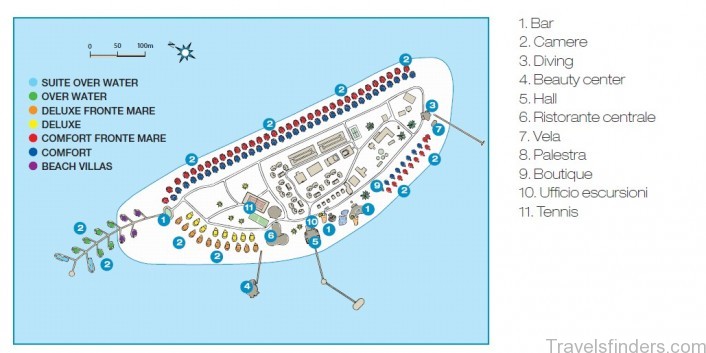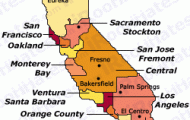A descending series of travertine terraces passes through the Mammoth Hot Springs area from southwest to northeast, like huge stair steps. The oldest now-inactive terrace, Terrace Mountain, is the farthest to the southwest, about linear miles southwest of Mammoth; while the younger and more active ones are parts of the upper and lower terraces. The most northeasterly feature in the series is Boiling River about 2 miles below Mammoth. Terrace Mountain is the oldest and highest terrace. Its travertine deposits are 400,000 years old. A thousand feet (300 m) below the summit of Terrace Mountain is much smaller Pinyon Terrace, about 10,000 years old. During its thousands of years of inactivity, its travertine has weathered into soil that supports plants and trees, but some collapse features remain. Next is Highland Terrace, crossed by Upper Terrace Drive.
The named features of this upper terrace have been active only recently. Main Terrace is the flat-topped mound we look down on from Upper Terrace Drive. There the numerous springs and terraces have continued to be active on and off for the last few hundred years. The visitor center and many of Mammoth’s other buildings are built on Hotel Terrace and its eastern edge, Cedar Terrace. The travertine of Hotel Terrace proves to be several thousand years old. Look across the terrace on a cold morning and you can see steam rising from two or more vapor vents. It is coming from hot water that flows underground toward the river from the active springs above. The hot spring runoff at Boiling River lines up neatly with this array of terraces. It has little terrace-building potential, because rain and river water dilute the dissolved calcium carbonate in the runoff. housing and a privately sponsored summer camp called the Youth Conservation Corps, for young people who do resource management and trail work. Walking toward Canary Spring, you can see pools ringed with hanging stalactites. When water pours from the spring to the scallop-edged terracettes below, microorganisms growing in the water create beautiful colored effects. In recent years, this spring has become the most exciting at Mammoth for observers.
It is extremely hot, and the volume of water cascading down the terrace is immense. As the terrace grows, the boardwalk has to be relocated. On Main Terrace, Blue Spring is a prominent feature. You can take the many steps to the terraces and road below, passing New Blue Springs, which was very hot and building terraces in recent years but has manifested an on-again-off-again career for a long time. Across the road is the gray and deteriorating mound of Prospect Terrace. The next large parking area has an informational sign about Fort Yellowstone and an outstanding view of Mammoth and the entire region. This terrace rim is called The Esplanade. The road turns sharply left at The Esplanade, where Cheops Mound and Narrow Gauge Terrace’s fissure ridge are crumbling on the right. The next small parking area is for Prospect Springs, which are pools and a foot-high (30 cm) cone that were not here until about 1935. Across the road from these springs are fenced-off deep holes that emit carbon dioxide and hydrogen sulfide. Park at Prospect Spring or New Highland Terrace for the easiest way to see the beautiful and very active lower section of Narrow Gauge Terrace. The old Narrow Gauge is a cracked mound of travertine (fissure ridge), named when it was thought to resemble a narrow-gauge railway roadbed.
To reach the active springs, walk into the trees until you find the Howard Eaton Trail uphill from the road. Take the trail a short distance to the north (right). The trail was relocated higher on the hill to accommodate the spreading runoff of Narrow Gauge. Covering some of the hot water, you may see a delicate layer of calcite ice, that is, a thin crust of travertine that can only occur on an undisturbed pool. New Highland Terrace is known to have been active from at least 1928 and was truly spectacular from the late 1950s into the 1970s. The many dead trees on the sides and top of this formation attest to the sequence of active growth followed by inactivity. Trees grew for many years after the hot water ceased flowing; subsequently, further hot spring activity killed the trees. On the inside of a sharp curve is Orange Spring Mound, composed of several cone-type formations grown together and a fissure ridge along its long axis and colored orange by bacterial mats. A jet at the top sometimes spouts to 3 or 4 feet (1 m). One of Orange Spring Mound’s often-active hot springs is named Tangerine Spring. If you stop here, notice the little travertine cone across the road, called Little Burper for the tiny persistent bubbles it spouts when active. From a certain angle, its shape perfectly imitates that of Bunsen Peak in the distance. You can start a pleasant round-trip hike of about 5 miles (8 km) here at Orange Spring Mound’s parking area.
The trail traverses parts of the Howard Eaton and Fawn Pass trails, passing between Clagett Butte and Terrace Mountain to reach Snow Pass and little Summit Lake near it. To find the trail, turn your back on Orange Spring Mound and look up to the right. Pass the travertine flats of Pinyon Terrace, including some collapse features, where the gaseous carbon dioxide creates death traps for small birds. In about 1 mile (1.5 km) you’ll turn right at the intersection and begin a climb that totals about 700 feet (200 m). Stay left at the Clagett Butte Trail intersection, along a hillside that abounds in wildflowers. The top of the pass is a windy, grassy area. Summit Lake is a short distance farther in the trees. There is little evidence now, but Snow Pass was the route of the original road from Mammoth around Terrace Mountain. One early guidebook described the Snow Pass road as so steep that it would take a loaded wagon, drawn by four mules, a half day, allowing proper time to breathe the animals on the successive terraces . Not surprisingly, they called the Snow Pass road the Hell Gate.

